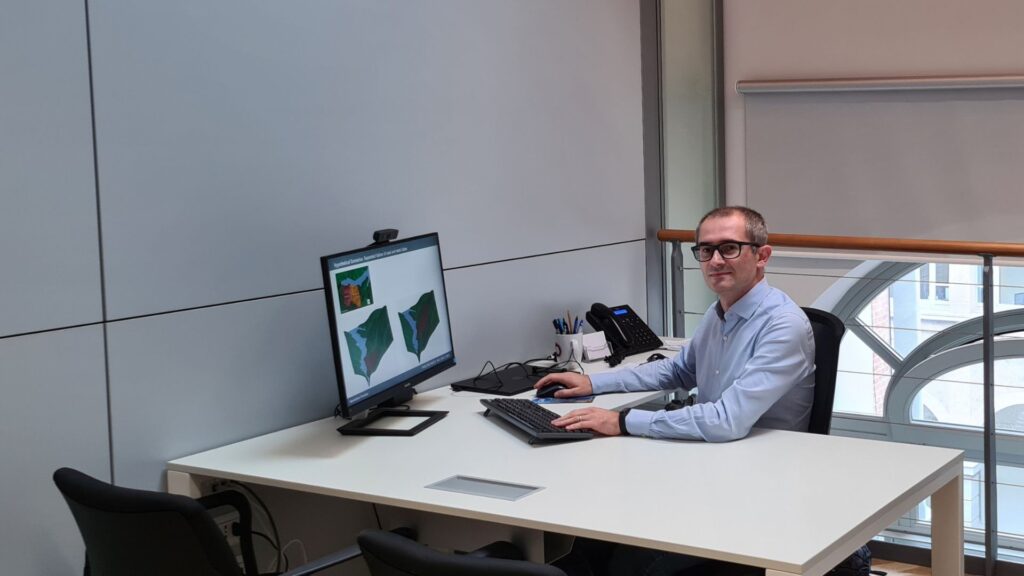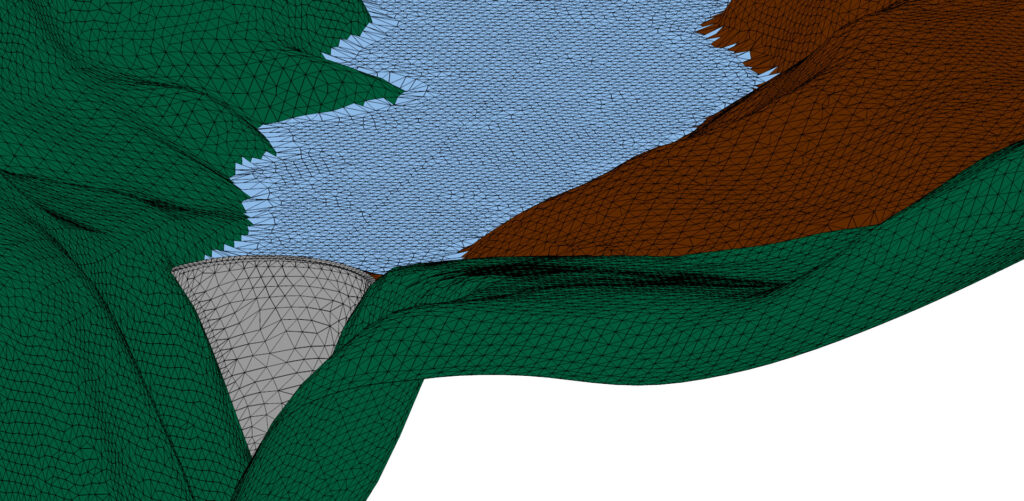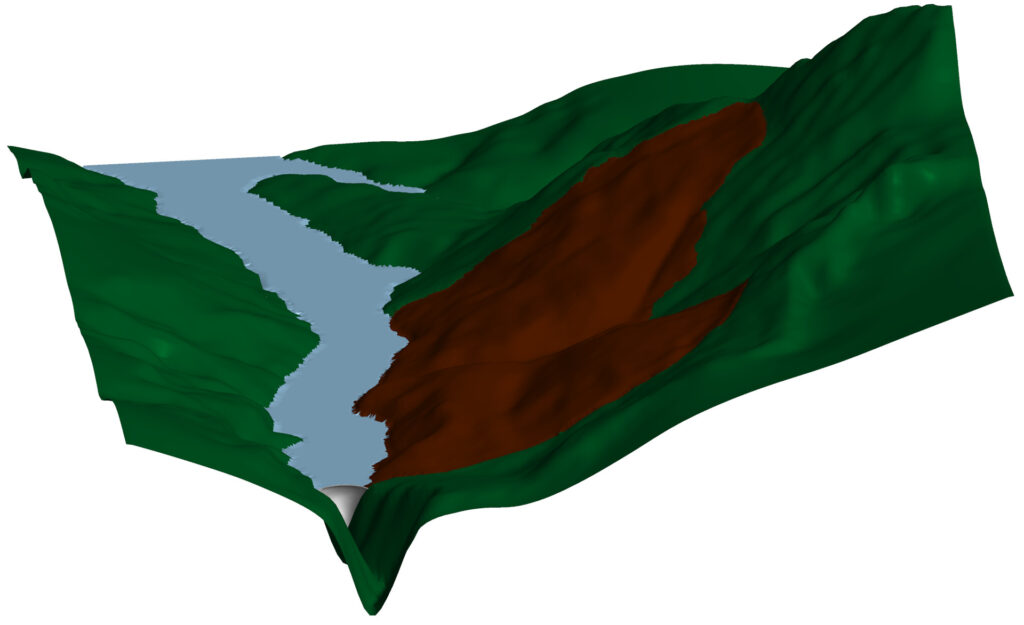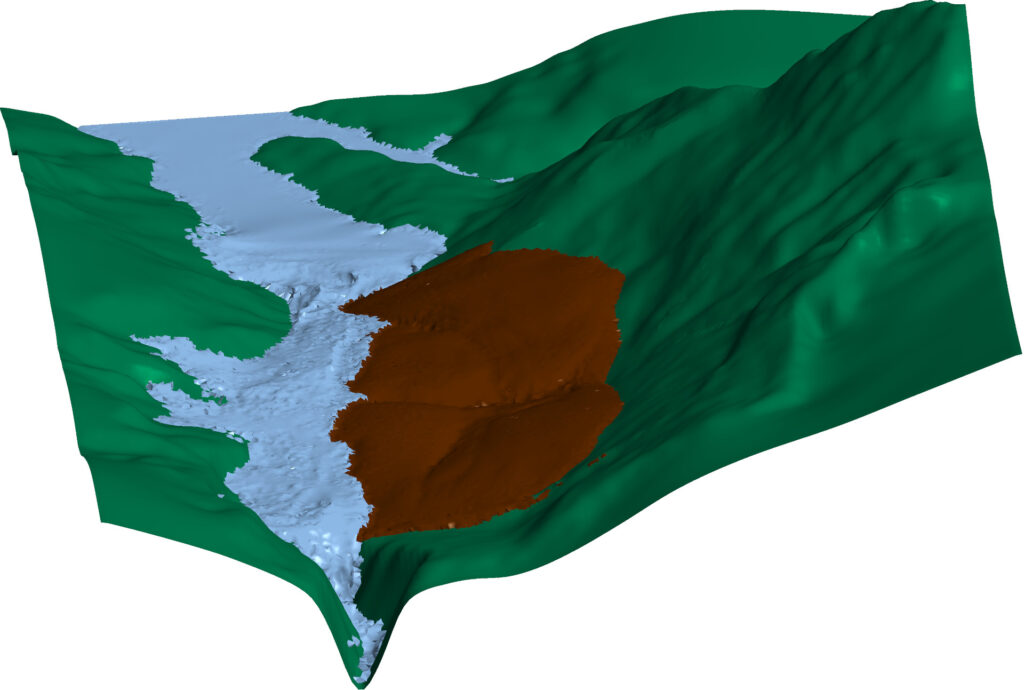Sixty years ago, the Vajont disaster devastated Italian society. The Vajont torrent is a tributary of the Piave, where it flows near Longarone. In the 1950s its waters were blocked by a 262 m high dam. On 9 October 1963 a landslide of about 270 million cubic metres of rock detached from Mount Toc and fell into the Vajont reservoir. The resulting wave destroyed entire villages and killed almost 2,000 people, making this event one of the worst hydrogeological disasters in modern Italian history.
What have we learned from this tragic collective experience? We talked about that with Massimiliano Cremonesi, professor of structural mechanics who works in the field of the Advanced Computational Mechanics. One of his main research topics is the simulation of fluid flows and fluid structures interaction problems. He works both in the development of the methodology and also in the applications to real life problems.

Prof. Cremonesi, let us talk about your model
Recently, in collaboration with colleagues at the Universitat Politècnica de Catalunya in Barcelona, we developed a digital model of the Vajont Valley. Using data from the scientific literature and observations made immediately after the tragic event, we were able to reconstruct the behaviour of the landslide material and replicate the event on the computer.
This model allowed us to accurately describe the interaction between the landslide and the reservoir, the formation of the wave that hit the town of Casso and the propagation of the wave in the reservoir as far as the town of Erto. We also simulated the wave generated by the landslide that went over the dam and rushed through the Piave Valley up to Longarone.
What analyses did this model made possible?
The results obtained were compared with previously models developed and observations made on site shortly after the tragedy. After confirming the accuracy of our predictions, we explored some assumptions made at the time. We evaluated scenarios in which only part of the landslide had detached (both the east and west sides) or situations in which the reservoir level had been lower. Under these circumstances, the event would have had a lower magnitude but would still have created upwellings and dam overtopping waves of considerable intensity.
How are analyses like these useful to us, even many years later?
The analysis and numerical modelling of historical events such as the Vajont tragedy are fundamental to understanding the causes, dynamics and implications of such events. Numerical models allow scholars to examine a number of significant variables, such as geological, hydrological and meteorological conditions, as well as human decisions and policies adopted in that context. A full understanding of past events is crucial to prevent similar tragedies in the future.

What are the advantages of numerical models?
Digital models are fundamental tools for the prevention and safety of human works, particularly those subject to natural hazards of flooding, earthquakes, landslides and hydrogeological events such, as the Vajont disaster.
Numerical models make it possible to create a digital copy, also known as a digital twin, of a structure immersed in its surroundings. They also make it possible to study the effect of different stresses and understand the way a structure will react both to extreme and sudden events and to stresses distributed over time. These models are invaluable both during the design phase, to optimise the structure, and during the structure operational phase, to facilitate proper maintenance.
In addition to this, models can help land planning, management of risks related to natural disasters and the formulation of public policies aimed at preventing extreme events or mitigating their effects. The detailed analysis of these events can also lead to greater public awareness and deeper understanding of engineering, safety and environmental challenges.
Let us now return to that tragic event. In your opinion, have all human errors been understood? What have we really learnt?
The Vajont tragedy was one of the worst catastrophes in the history of civil engineering, with a tragic cost in terms of human lives. Over the years, numerous investigations and studies have been conducted to understand the causes of this disaster and to prevent similar events in the future. However, it is not possible to say with certainty whether all the errors associated with this event have been understood.
What we can learn from these tragedies is the importance of listening to experts, carefully assessing risks and acting responsibly to protect human lives and preserve the environment. Over the past sixty years, significant progress has been made in both the design and management of large structures and infrastructure. However, it is essential to continue research to further improve design and management practices for large structures.
The Vajont experience has taught us that safety must be a top priority in all design, construction and structure operation phases. We must learn from past mistakes and invest in the training of engineers and scientific and technological research to ensure a safer future.

Global climate change may increase the frequency and intensity of weather events and hydrogeological disruption. How important is the work of engineers in this context?
In the near future, our society will face harder and harder challenges due to climate changeand engineers will have an essential role. Engineers will have to devise, develop and implement innovative solutions to increasing environmental challenges. To drastically reduce our environmental impact, it will be essential to develop low-carbon technologies, harness renewable energy sources and improve energy efficiency.
We will need to be prepared to handle extreme weather events and understand the way they interact with our structures and infrastructure. We will have to design new structures and upgrade existing ones in order to make them resilient to climate change. We will have to develop systems capable of adapting to changing climatic conditions.
In all these contexts as well as in many others, numerical models will be essential tools for developing robust solutions and guiding our decisions. The use of numerical models will enable engineers to simulate complex scenarios, assess the impact of design decisions and predict the behaviour of structures under extreme climatic conditions.
What you have said makes it clear that numerical simulation will be increasingly fundamental for engineering of the future…
Numerical simulation is an essential component of many engineering disciplines, including civil engineering. In the coming years, research in numerical simulation will have to face complex challenges and foster innovation in several areas.
For example, in high-performance computing we will have to develop increasingly efficient algorithms to make the most of the computing capabilities of both traditional and quantum platforms. Real-time simulations will have to be increasingly widespread and integrated into design and control systems. The study of advanced materials, such as composites, metamaterials and active materials, will increasingly need support from numerical simulation.
What has changed with the advent of Machine Learning and Artificial Intelligence?
The integration of numerical simulation with Machine Learning and Artificial Intelligence is revolutionising the area. Machine Learning algorithms will increasingly be used to optimise simulation parameters, thus accelerating the modelling process. Furthermore, to estimate the future behaviour of structures or systems in different scenarios, predictive models based on machine learning will have to be increasingly accurate and precise.

Where should research in this area go in the near and more distant future?
Numerical simulation will be required to help reduce environmental impactboth in the construction world and in industry. Research in these areas will not only improve our understanding of the behaviour of structures, infrastructure and industrial systems, but will also help designing safer, more efficient and environmentally sustainable solutions to future challenges.
Finally, advanced simulations will help predict and mitigate the effects of natural disasters such as earthquakes, floods and landslides, providing valuable information for emergency management.
Ultimately, the development and research of advanced numerical models will be an essential step towards a safer and more sustainable future.
